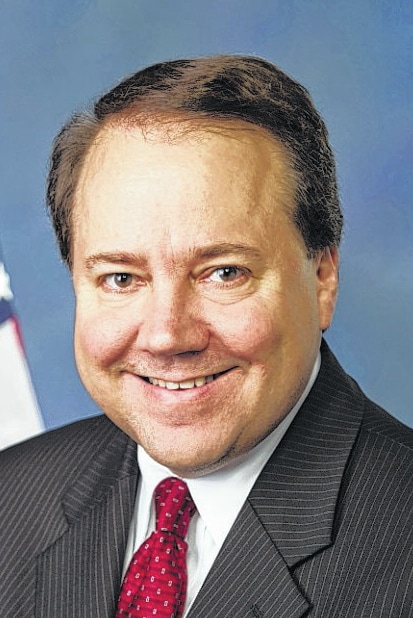

Everyone agrees that small and medium-sized businesses are the backbone of our economy, powering job creation. That’s why I am frustrated with the fear-mongering and outright falsities being spread about trade.
I’ve heard directly from employers like Commercial Vehicle Group in New Albany and Screen Machine in Licking County that the ability to sell their goods and services to a growing customer base overseas is the way they can best grow their businesses. It’s time to separate fact from fiction about how trade impacts Ohio and what the Trade Promotion Authority, or TPA, is.
Political advertisements depicting boarded-up factories with rhetoric of lost jobs, blaming the implementation of the North American Free Trade Agreement (NAFTA), pull at heart strings. But looking at the hard numbers, we can see that placing blame solely on trade agreements for job losses rings hollow.
In the four years after NAFTA was enacted, manufacturing jobs in the United States actually grew by 800,000, according to the Bureau of Labor Statistics. The facts remain clear – according to the U.S. Chamber of Commerce, 14 million American jobs depend on trade with Canada and Mexico, and 5 million of those jobs have resulted from NAFTA trade increases. Without NAFTA, U.S. products would face higher tariffs in Canada and Mexico, putting them at a disadvantage when competing with products from other nations. When the U.S. doesn’t pursue trade agreements, we fall behind.
Trade supports 1.5 million Ohio jobs – that’s one in every five workers. It is driving job creation in the Buckeye State.
Between 2004 and 2013, Ohio’s overall employment declined, but trade-related jobs grew by 19 percent. More than 200 countries buy Ohio-made products, amounting to $50.6 billion in Ohio goods. Of Ohio’s more than 16,000 exporters, 89 percent of them are small and medium-sized businesses, like GFS Chemicals in Powell that ships to customers in Australia, Asia, Europe and Canada.
Trade agreements knock down barriers and fuel rapid export growth in our state. Over the past 10 years, Ohio exports have increased by 37 percent, with the most growth in goods going to our free trade partners. With more than 95 percent of the world’s customers living outside the United States, gaining access to those customers is key.
Two agreements currently being negotiated, one with Asian-Pacific nations and one with European nations, would give the United States access to 1 billion new customers. To unlock the job-creating potential of these trade agreements, Congress must first pass TPA.
Critics claim TPA would give the president new authority to negotiate trade agreements behind closed doors. This is not true. In fact, TPA prevents the president from being able to do exactly that. Under the U.S. Constitution, the president can negotiate any trade deal he wants. He can do it in secret. He doesn’t have to keep Congress or the American people informed. TPA prevents that.
TPA includes strict consultation and transparency requirements. TPA outlines Congress’s priorities for trade agreements and provides the ability for Congress to “turn off” TPA if members feel the requirements aren’t being met. TPA mandates strict, robust transparency requirements so members are fully informed and able to provide their input. Any trade agreement would have to be made available to the public for 60 days before it can be signed.
In response to critics that say TPA gives the president power, I’d say the opposite is true. TPA gives Congress the ultimate decision about a trade agreement.
I have heard some claims that trade agreements will undermine U.S. sovereignty and weaken our position in the world. Again, I believe the opposite is true. TPA reaffirms trade agreements cannot change U.S. law or prevent U.S. law from changing in the future without congressional action. If there is a conflict, a provision in TPA reiterates that U.S. law would prevail.
TPA bolsters our position in the world. Earlier this year, along with Ways and Means Chairman Paul Ryan and other members of the committee, I visited Asian-Pacific nations to discuss the pending trade agreement. They were clear that the U.S. has to be engaged and that if we don’t write the rules for trade, others will. If we let others take the lead in these negotiations, countries like China will fill the vacuum and their trade agreements have lower standards and fewer protections. Asian-Pacific countries want us to engage, so there will be a counter balance to China.
We have been haunted by lies about the effects of trade for too long. It’s not often that people as politically different as President Barack Obama, Sen. Ted Cruz and I agree about what can help the country move forward, but the benefits of trade agreements leave little doubt. Trade increases American jobs, trade grows the American economy, and trade helps secure our place as a world leader.

